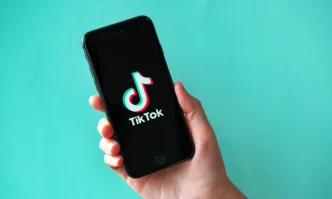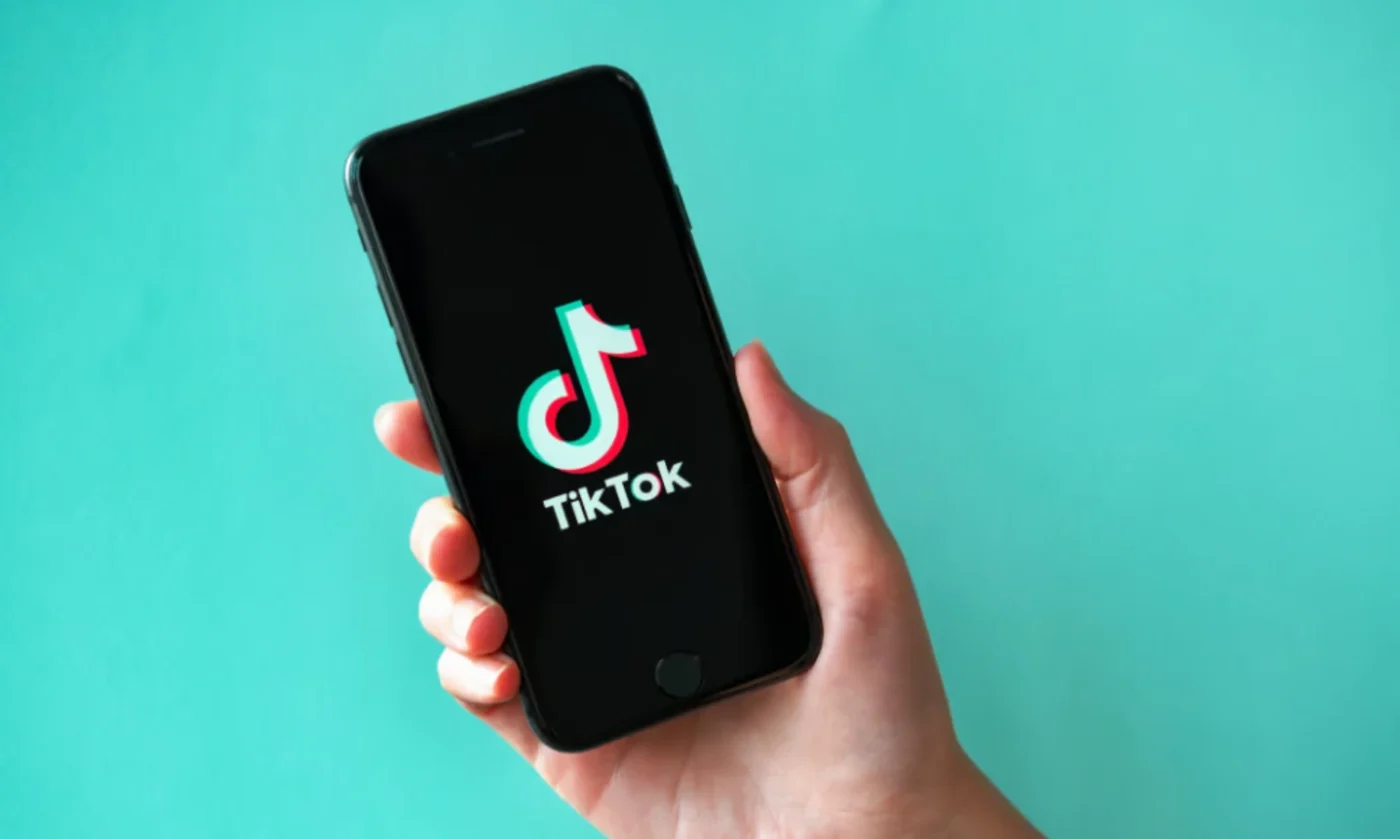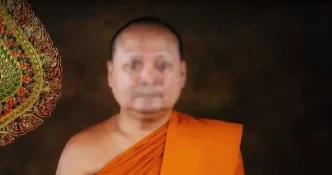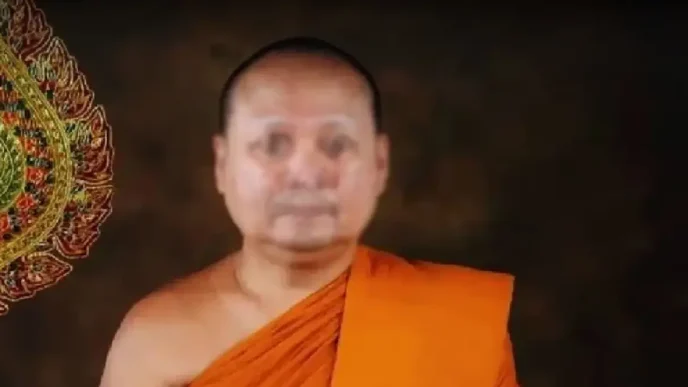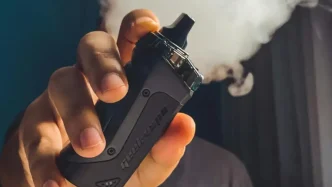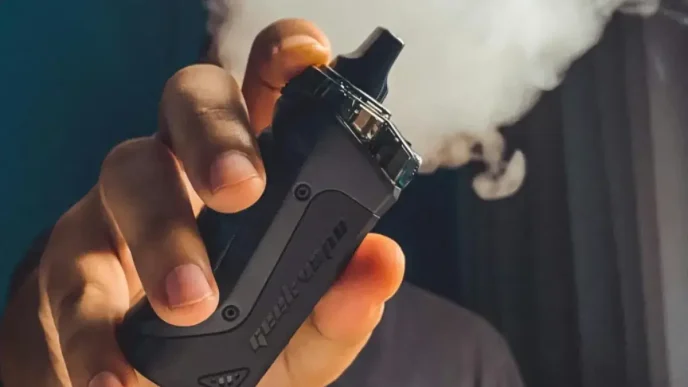In a quiet corner of Singapore, far from the frenetic energy of TikTok’s billion-strong user base, the platform’s Transparency and Accountability Center (TAC) operates as a digital gatekeeper. On May 13, 2025, this facility opened its doors to reveal how it sifts through the chaos of short-form content, identifying and removing harmful material before it reaches screens worldwide. Among the growing concerns it tackles is the alarming rise of AI-generated deepfake videos, particularly those targeting South Korean K-pop idols. As cybersecurity threats evolve, TikTok’s efforts to curb such content highlight both the power and the pitfalls of managing a global social media giant.
The Deepfake Crisis Targeting K-pop Stars
The issue of deepfakes—synthetic media created using artificial intelligence to mimic real individuals—has gained urgency in recent years. A 2023 report by cybersecurity firm Security Hero analyzed around 100,000 deepfake videos and found that South Korean women, especially female K-pop stars, were disproportionately targeted. Nearly half of the explicit deepfakes studied featured South Korean singers and actors, with eight of the top ten most-targeted individuals being Korean entertainers. This troubling trend has not only raised ethical questions but also sparked legal and cultural backlash in one of TikTok’s key markets.
The entertainment industry in South Korea has responded with force. Last August, major agencies such as YG Entertainment and JYP Entertainment vowed to pursue legal action against those creating and distributing such content. Earlier this year, Hybe—the agency behind global sensation BTS—partnered with Gyeonggi Bukbu Provincial Police to address cybercrimes, including deepfakes. For TikTok, a platform that thrives on viral fan content and dance challenges, the pressure to act is immense. The app’s influence among Generation Z makes it a potential breeding ground for misuse, prompting questions about how it balances creativity with responsibility.
Inside TikTok’s Moderation Machine
At the TAC in Singapore, TikTok offered a glimpse into its content moderation processes, which blend cutting-edge technology with human judgment. The platform employs a three-stage review system to handle the deluge of uploads—around 1.6 million videos are removed daily, most flagged by AI before they even reach users. This machine learning system is designed to detect not just overt violations like nudity or hate speech, but also contextual cues. For instance, a video of someone holding a cigarette may pass scrutiny, but if the motion suggests smoking, it could be flagged as inappropriate content.
Similarly, a steak knife in a cooking video might be deemed harmless, but held in a threatening posture, it could trigger a warning. This nuanced approach aims to catch harmful content early, reducing the risk of exposure. However, AI isn’t foolproof. Videos that slip through the automated net move to human moderators—tens of thousands of them stationed globally—who evaluate content against TikTok’s community guidelines while considering local laws and cultural sensitivities.
Localized Protections and Cultural Sensitivity
In markets like South Korea, where internet culture is vibrant yet tightly regulated, TikTok tailors its policies to align with local expectations. Users under 14 are barred from the platform, and default screen time for teens is capped at 60 minutes daily. Features like “Family Pairing” allow parents to customize viewing limits and filter search terms, reflecting the country’s emphasis on protecting young users. These measures underscore TikTok’s recognition that a one-size-fits-all approach won’t work in a world of diverse cultural norms and legal frameworks.
The platform’s moderation guidelines are also dynamic, evolving with input from regional experts to address emerging threats. Displayed on a wall at the TAC are the nine sections of TikTok’s community rules, six of which focus on safety, covering issues like violence, bullying, mental health, and explicit content. The remaining sections tackle misinformation, gambling, fraud, and crucially, deepfake content. For AI-generated material impersonating public figures, particularly in exploitative contexts, TikTok enforces a strict zero-tolerance policy.
Zero Tolerance for Exploitative Deepfakes
When it comes to deepfakes targeting K-pop idols, TikTok’s stance is unequivocal. Any synthetic content violating its guidelines—especially those involving impersonation or sexual exploitation—is removed immediately. The platform emphasized that exploitative material, whether real or AI-generated, faces blanket deletion. In severe cases, TikTok collaborates with law enforcement, reporting incidents that cross legal thresholds.
The distinction between different types of content is critical. While some sexually suggestive material might be classified under “sensitive adult themes” and considered within the bounds of expression, exploitative content falls under “safety and civic awareness” policies, treated with utmost seriousness. For deepfakes of K-pop stars, often created with malicious intent, TikTok reiterated that such violations are handled swiftly to protect both the individuals targeted and the platform’s integrity.
Challenges of Policing a Global Platform
Despite these efforts, TikTok faces significant hurdles. The sheer volume of content uploaded daily—millions of videos from users across countless cultures—makes comprehensive moderation a Herculean task. AI systems, while advanced, can miss nuanced violations or misinterpret cultural contexts. Human moderators, though essential for filling these gaps, are not immune to error or bias. Moreover, the rapid evolution of AI technology means that deepfake creators are constantly finding new ways to evade detection, pushing platforms like TikTok into a relentless game of cat and mouse.
Public scrutiny adds another layer of complexity. TikTok, owned by Chinese tech giant ByteDance, has long faced criticism over data privacy and content governance, particularly in Western markets. In South Korea, where K-pop is both a cultural export and a national pride, any perceived lapse in protecting idols could damage the platform’s reputation. Balancing user freedom with safety remains a tightrope walk, especially as generative AI tools become more accessible and sophisticated.
The Broader Implications of Digital Harm
The rise of deepfakes extends beyond individual harm to broader societal risks. Misinformation, identity theft, and erosion of trust in digital media are just some of the potential fallout. For K-pop stars, whose meticulously curated public images are central to their careers, exploitative deepfakes can cause lasting reputational damage. Fans, too, may struggle to discern real content from fabricated, blurring the line between entertainment and deception.
TikTok’s response at the TAC suggests a growing awareness of these stakes. By investing in technology and transparency—such as opening its Singapore facility to external observers—the platform aims to rebuild trust. Yet questions linger about scalability. Can a system designed for a billion users truly safeguard vulnerable individuals without stifling creativity? And as AI advances, will TikTok’s zero-tolerance policies keep pace with increasingly convincing fakes?
Industry and Government Collaboration
TikTok is not alone in this fight. South Korean entertainment agencies are pushing for stronger legal frameworks to deter deepfake creators, while partnerships with law enforcement signal a willingness to escalate responses. Governments, too, are stepping in. South Korea has stringent cybercrime laws, and other nations are exploring regulations to address synthetic media. TikTok’s collaboration with these stakeholders could set a precedent for how social media platforms tackle digital harm, though it also raises concerns about overreach and censorship.
For now, the platform’s efforts in Singapore offer a window into the future of content moderation. The TAC, with its blend of AI precision and human oversight, represents a proactive stance against emerging threats. But as deepfake technology outpaces countermeasures, the battle for digital safety is far from won. In South Korea and beyond, the protection of cultural icons like K-pop idols may well test the limits of what platforms like TikTok can achieve.
As TikTok continues to refine its systems, the question remains: can technology outsmart its own dark side, or will the human cost of digital innovation continue to mount?

